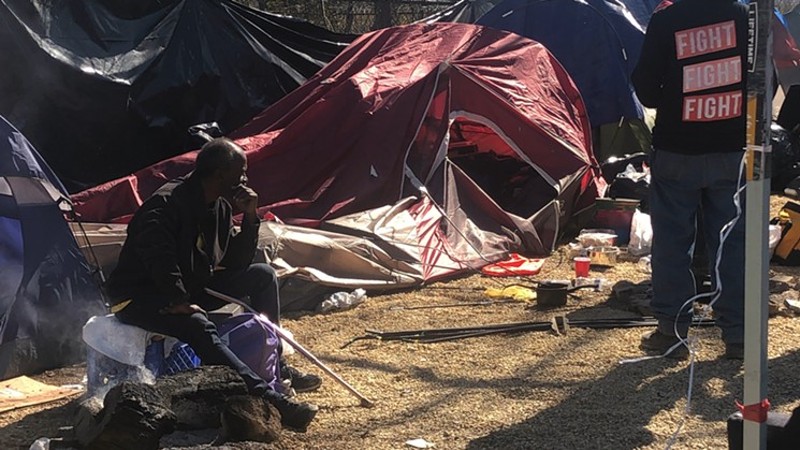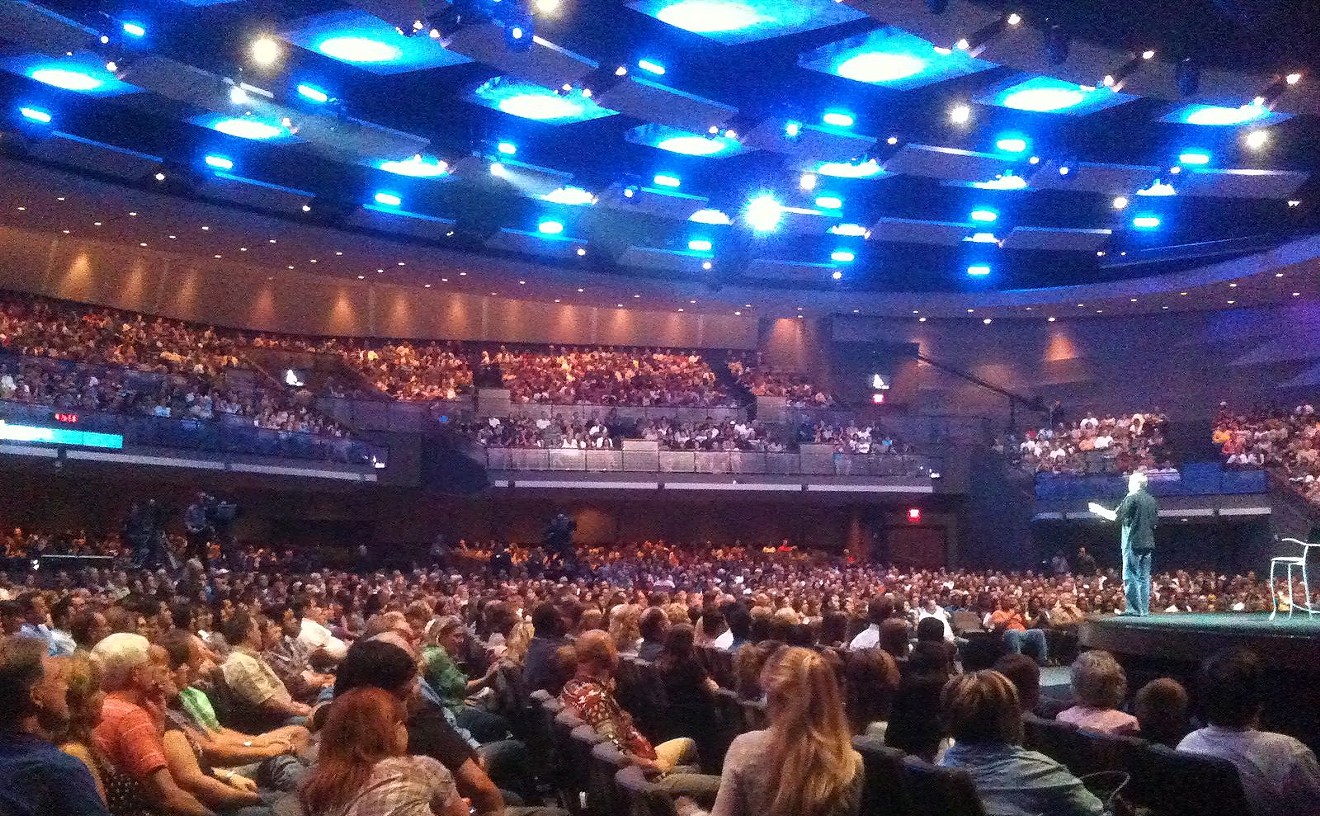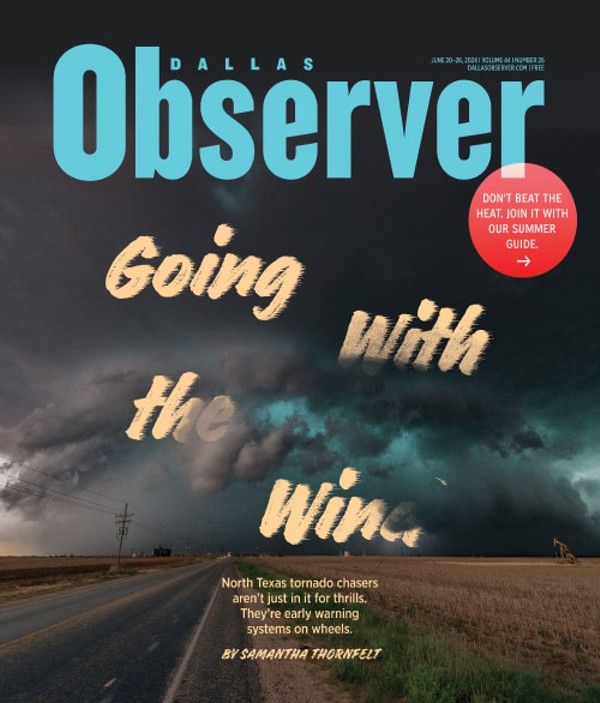The Homelessness, Organizations, Policies and Encampments, or H.O.P.E., task force put together a report on Dallas homelessness and potential solutions, and presented it to the mayor last June, but Thursday’s meeting was the first time City Council members had discussed the report publicly. City residents and business owners also turned out to the meeting to share their concerns about homelessness in Dallas.
“Businesses, residents and sheltered individuals alike suffer when our unsheltered population suffers,” Moreno said at the meeting. “Too often constituents see us talk about the solutions and the policy without action. If they see action it is either after the problem has exacerbated or it falls short of meaningful change.”
He said when he walks outside, he wants to see a world where unsheltered homeless people are safe from the elements and situations that could endanger them, a world where they have wraparound services that improve their lives. That’s not Dallas today.
Peter Brodsky, the board chair of Housing Forward, the lead agency for the homeless response system in Dallas and Collin counties, is a member of the H.O.P.E. task force, alongside Betty Culbreath, board chair of Dallas Housing Authority, and Ellen Magnis, president and CEO of the local nonprofit Family Gateway.
The task force held more than 20 hours of meetings over 16 weeks, working separately and in pairs on specific assignments outside of meeting times. The members interviewed more than 20 local, state and national experts, including academics and practitioners, before arriving at the report that was submitted.
The report identifies what’s working and what’s not working in the local homeless response system. It also lays out recommendations for how homelessness can be better tackled.
The task force found that unsheltered homelessness in Dallas spiked significantly between 2014 and 2020, rising from 242 individuals to 1,619. The number of unsheltered homeless individuals shot up about 37% year over year, far outpacing the national average of about 4%. However, since 2020, Dallas’ unsheltered homeless population has declined by an average of 9% annually. That decline can be at least partially attributed to a regional initiative called the R.E.A.L. Time Rehousing Initiative, which has a goal of rehousing 6,000 homeless people by 2025. Over the last couple of years, the initiative has been able to house more than 2,700 people.
The report names several key factors that may cause homelessness. It boils down to a lack of affordable housing, as well as mental health and addiction issues. Dallas lacks some 33,000 deeply affordable housing units, according to the Child Poverty Action Lab. Some 40% of the homeless population in Dallas suffer from serious mental illness, while 32% suffer from substance use disorder, according to the report. About 14% suffer from both.“Too often constituents see us talk about the solutions and the policy without action." – Jesse Moreno, Dallas City Council
tweet this
The task force also looked at Texas House Bill 1925, which banned camping in public places. “The city needs to have a strategy to address that particular ban,” Magnis said at the meeting. “But it also needs to balance between short-term and long-term solutions. So, displacing an encampment, for instance, without resolving the homelessness of the individuals in an encampment is just kicking the can around the city.”
She continued: “There’s no one magic bullet. There’s no one single solution. This requires an extremely thoughtful approach to address this on many levels.”
The task force recommended a continued focus on decommissioning homeless encampments. There’s a difference between decommissioning an encampment and closing it down, Brodsky explained. Decommissioning occurs when agencies work with encampment residents for 4 to 8 weeks to find them housing. After that span, remaining residents are brought to temporary or permanent housing. A closure occurs when the city moves everyone out of an encampment without providing housing.
The city has performed encampment closures in the past, sometimes discarding important documents the homeless may need to obtain housing. These closures may still be necessary at times, Brodsky said, but there should be more of a focus on decommissioning encampments instead.
The task force also recommended the creation of alternative, non-congregant shelter options such as inexpensive hotels. It suggested that Dallas activate city-owned facilities that have sat vacant and consider them for both temporary and permanent solutions. The city has three facilities it is trying to turn into housing for the homeless. All of them are vacant to this day, with only one advancing in the process.
According to the local real estate news site Candy’s Dirt, a notice of funding availability was issued a couple of weeks ago looking for a developer to set up permanent supportive housing at the former Hotel Miramar on Fort Worth Avenue in West Dallas, one of the properties the city is trying to turn into housing for the homeless. The city bought the property in 2020.
City Council member Gay Donnell Willis, who also sits on the committee, asked the task force members to elaborate on temporary housing solutions. Low-barrier shelters and sanctioned encampments were cited as examples in response to the council member's request, but Brodsky said sanctioned encampments are often described as humanitarian crises. “It can turn into a nightmare,” Brodsky said."There’s no one single solution." – Ellen Magnis, Family Gateway
tweet this
An example of a low-barrier shelter would be one where drug use was allowed. Brodsky said he wasn’t recommending this, but it is an option to get people with substance use disorder off the streets.
City Council member Cara Mendelsohn, vice chair of the committee, asked how many beds are available for inpatient mental health recovery and addiction recovery, a question she said she’s been asking for years without receiving an answer. Cullbreath replied that there were no beds available for inpatient mental health recovery or addiction recovery.
“That’s shocking,” Mendelsohn said.
City Council member Adam Bazaldua said he’d like the task force to explore low-barrier options for shelters and asked what can be done to address homeless populations who may be resistant to help.
Brodsky said 96% of the homeless individuals with whom the response system interacts are acceptant to housing. He said some may be resistant to take help when it’s offered the first time, but, eventually, after establishing relationships with homeless people, they accept help.
Bazaldua thought it was a mistake to focus on that 96%, replying, “We can’t get blinded by what’s working and ignore the fact that we have these others.”
City Council member Chad West, who sits on the committee, cited the annual decline of unsheltered homelessness in Dallas, and asked the task force members what has led to this change.
“It really is because we’re working together as a community within a collective impact model much, much more effectively than we ever have been," Brodsky said. "Everyone is rowing in the same direction under a unified strategy.”












